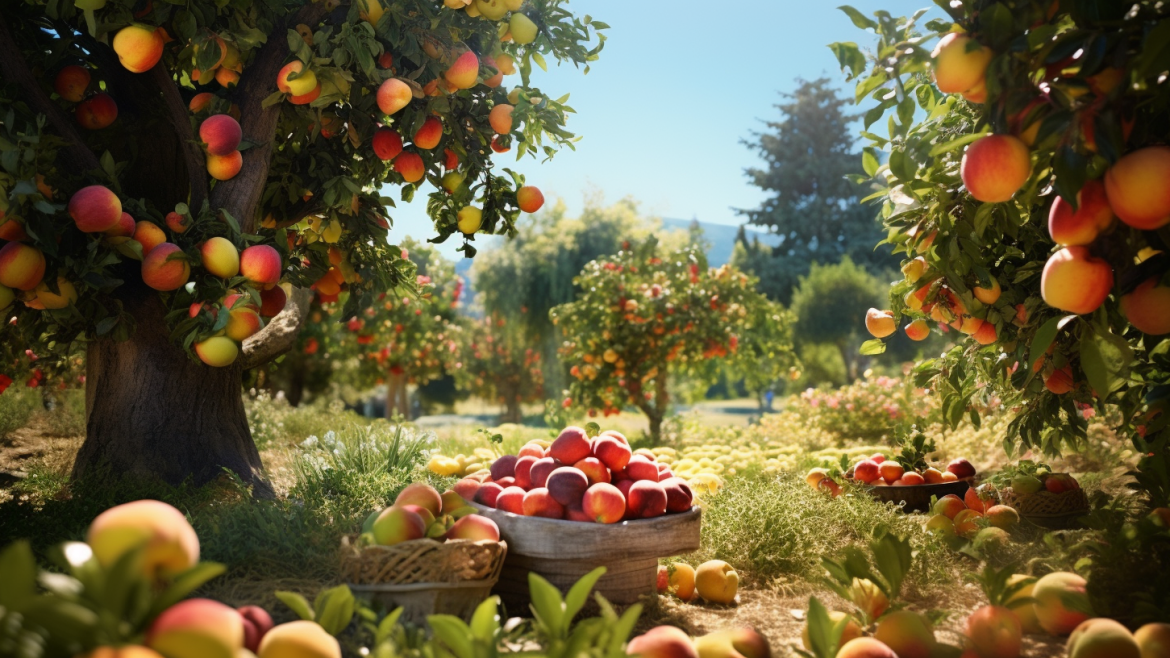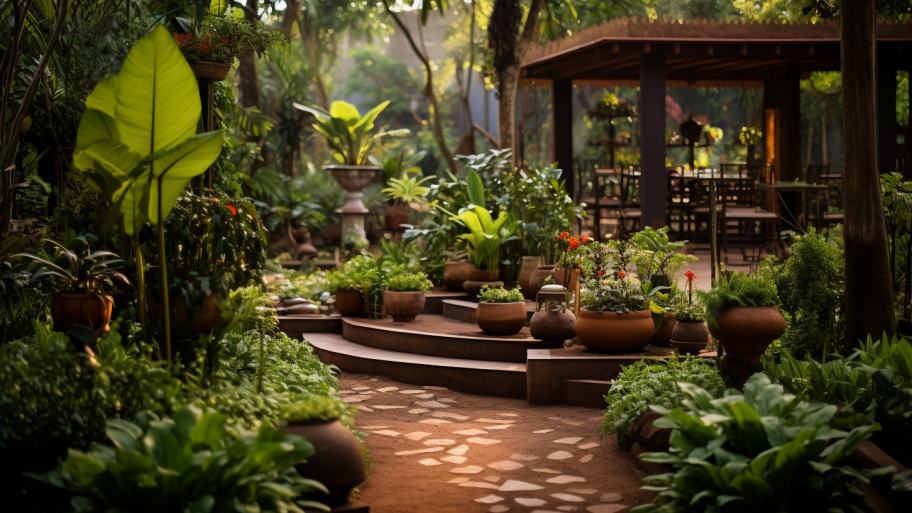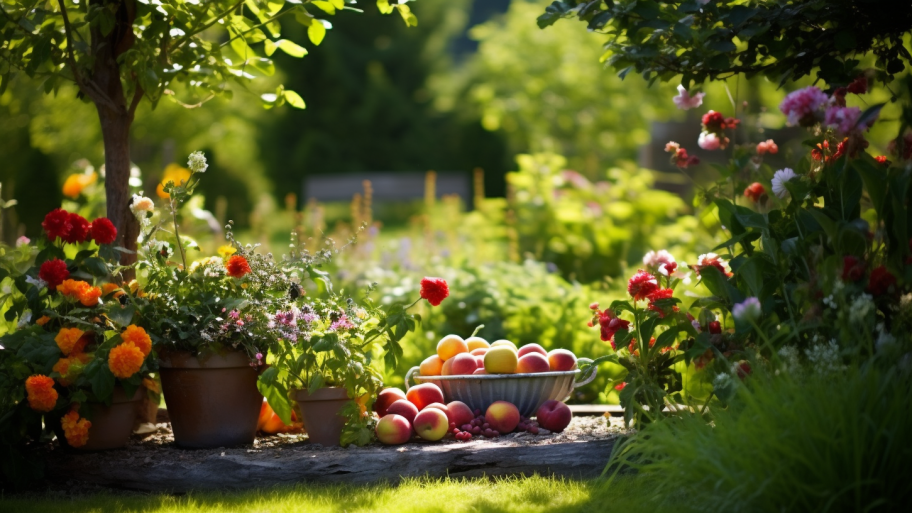In the first two articles of this series, we discussed the foundations of edible landscaping and how to design a visually stunning, productive garden. Now, we turn our attention to the ongoing care and maintenance of your edible landscape, as well as harvesting techniques to ensure a bountiful yield.
Routine Maintenance: Nurturing Your Garden
Proper maintenance is key to keeping your edible landscape healthy and productive. As with any garden, regular watering, fertilizing, pruning, and pest control are essential.
- Watering: Water is vital for the health and productivity of your edible landscape. Be attentive to the specific water needs of your plants, ensuring they receive consistent moisture without becoming waterlogged. Installing an irrigation system or using soaker hoses can help maintain optimal moisture levels.
- Fertilizing: Nutrient-rich soil is critical for the growth and vigor of your plants. Use organic fertilizers, such as compost or well-rotted manure, to provide essential nutrients and improve soil structure. Apply fertilizer according to the specific needs of your plants and the recommendations of a soil test.
- Pruning: Regular pruning promotes healthy growth and improves the yield of your fruit trees and berry bushes. Prune during the dormant season for most plants, removing dead, diseased, or crossing branches. This will allow sunlight and air to penetrate the canopy, enhancing fruit production and reducing the risk of disease.
- Pest control: Inevitably, your edible landscape will attract pests. However, by employing organic pest control methods, such as companion planting, attracting beneficial insects, and using homemade remedies, you can minimize damage while maintaining a healthy ecosystem in your garden.
Harvesting Your Bounty: Reaping the Rewards
One of the most rewarding aspects of edible landscaping is the opportunity to enjoy the fruits of your labor. Knowing when and how to harvest your produce will ensure optimal flavor and nutritional value.
- Fruit trees: Harvest fruit when it reaches its peak ripeness, indicated by color, texture, and aroma. Picking fruit too early or too late can compromise its taste and storage quality. Use a gentle twist-and-pull motion to remove fruit from the tree without damaging the branches.
- Berry bushes: Monitor your berry bushes closely, as ripe berries can quickly become overripe or be devoured by birds. Pick berries when they are fully colored and easily detach from the stem. Harvest berries in the cool morning hours to maintain their freshness.
- Herbs: Harvest herbs just before they flower, as this is when their flavor is most potent. Snip stems early in the morning, after the dew has dried but before the heat of the day. Use fresh herbs immediately or preserve them by drying or freezing.
- Edible flowers: Pick edible flowers in the early morning, when their moisture content is highest. Use flowers immediately, or store them in the refrigerator for a short period.
Recommended Products for Your Edible Landscape
Before we conclude, here are some products available on Amazon that can help you create and maintain a thriving edible landscape:
- Gardena Micro-Drip Irrigation System: This customizable irrigation system ensures consistent watering for your edible landscape while conserving water.
- Espoma Organic Plant-tone Fertilizer: A versatile organic fertilizer suitable for a variety of edible plants.
- Fiskars Steel Bypass Pruning Shears: Durable and precise pruning shears for maintaining the health and productivity of your fruit trees and berry bushes.
- Neptune’s Harvest Organic Fish Fertilizer: An excellent liquid fertilizer that provides a rich source of nutrients to support the growth of your edible plants.
- Niteangel Natural Insect Hotel: Encourage beneficial insects to visit and reside in your garden with this charming insect hotel, which provides a sanctuary for ladybugs, bees, and other helpful species.
A Flourishing Edible Landscape
In this final article of our series on edible landscaping, we’ve explored the essential aspects of maintaining and harvesting your garden. With careful attention to watering, fertilizing, pruning, and pest control, you can nurture a thriving landscape that not only pleases the eye but also fills your table with delicious, homegrown produce. By investing time and effort in your edible landscape, you’ll be rewarded with a sustainable and gratifying garden for years to come.




